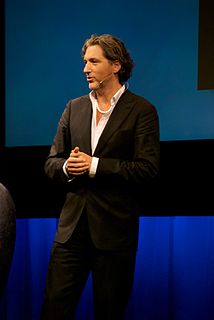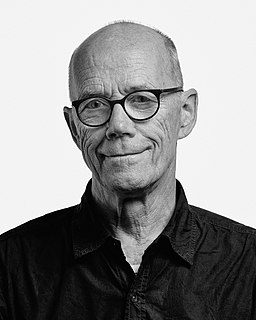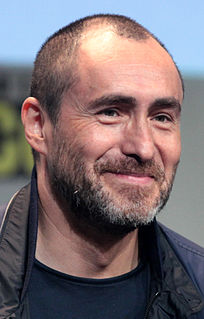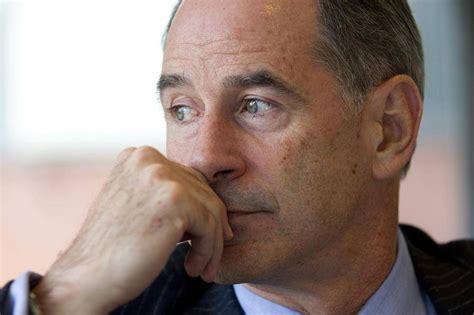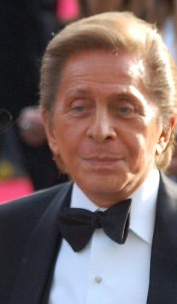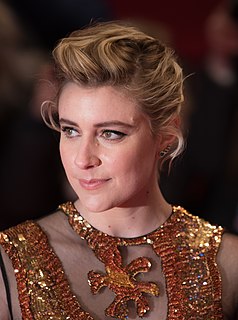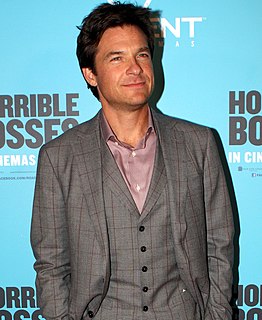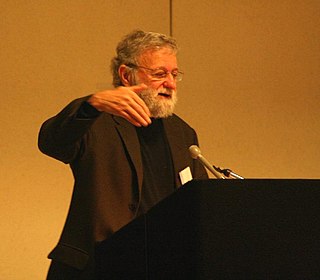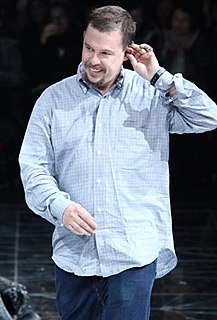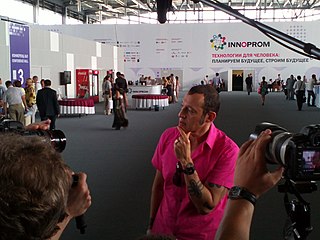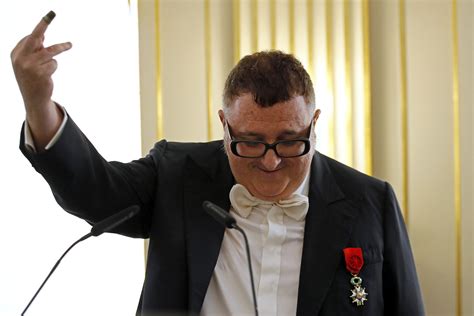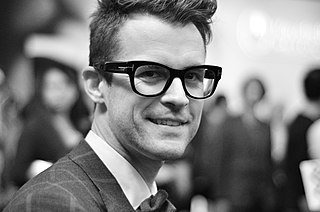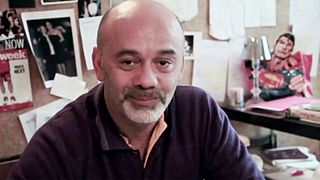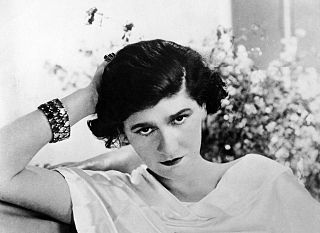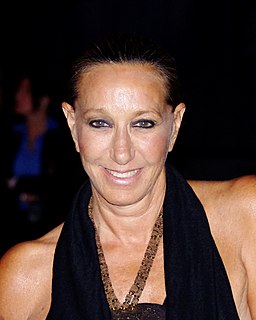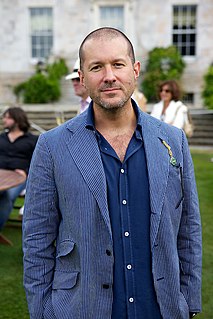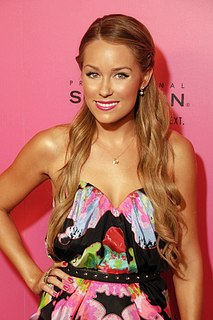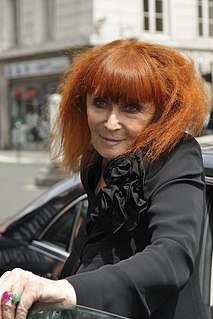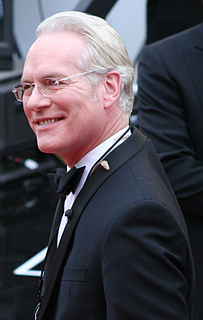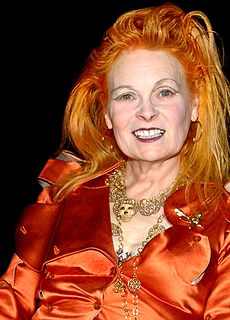A Quote by Marcel Wanders
Designers have been uncreative and very arrogant. They need to listen to people. People have always wanted more exciting, interesting design, but we designers didn't see it.
Related Quotes
These days, information is a commodity being sold. And designers-including the newly defined subset of information designers and information architects-have a responsible role to play. We are interpreters, not merely translators, between sender and receiver. What we say and how we say it makes a difference. If we want to speak to people, we need to know their language. In order to design for understanding, we need to understand design.
A lot of people love Tarantino’s films because they’re spectacular, they’re beautiful, they’re wonderful. He hires the best group of artists - not only actors, but everyone around: best photographers, best set designers, best production designers, costume designers. A lot of people love his films because they’re bloody, they’re gory, they’re savage. But very few people see that he’s a very political director.
In their work, designers often become expert with the device they are designing. Users are often expert at the task they are trying to perform with the device. [...] Professional designers are usually aware of the pitfalls. But most design is not done by professional designers, it is done by engineers, programmers, and managers.
The future is created at the intersection of business, technology, design, and culture. *In the Bubble* is an insightful and delightful explanation of this nexus and of how each force affects the others. Designers often miss a great deal in their educations about the real people who will use and inhabit their work. Thackara astutely illuminates a lot of what designers don't know they're missing.
